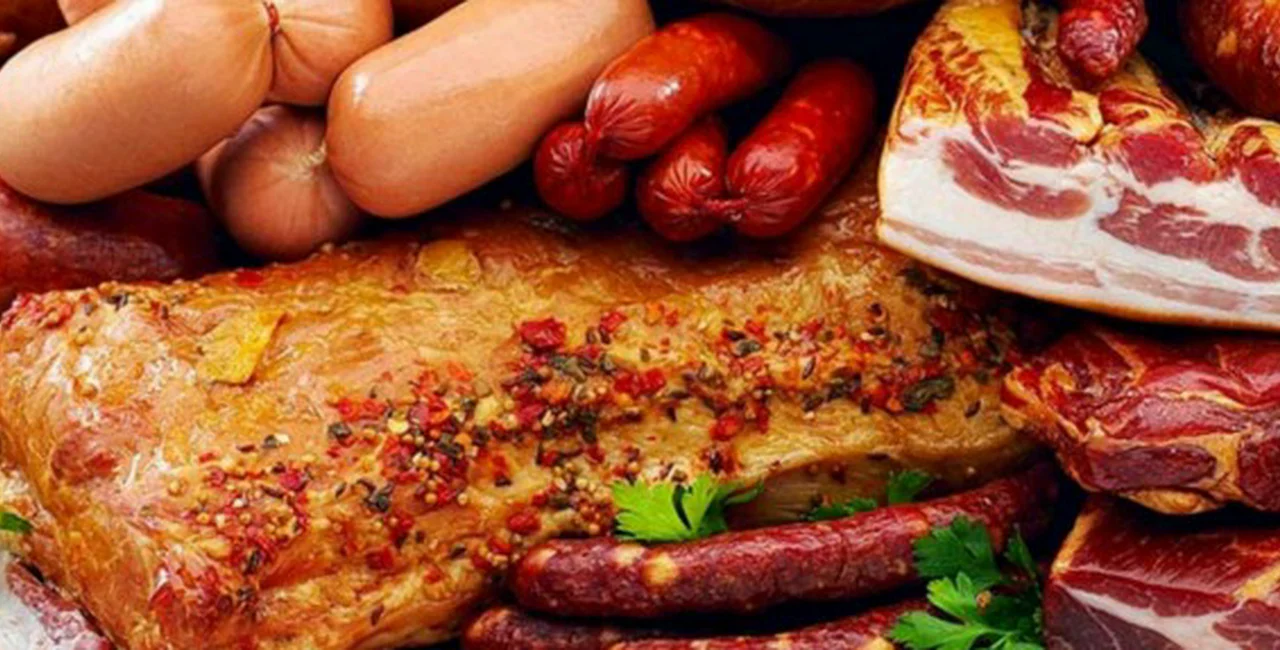Anyone who has followed the media in recent months would have read or heard that there have been a number of scandals involving food quality. Whether it’s dead mice on shelves or the use of industrial salt in food, you might be left wondering how you can be sure what you’re eating is safe.
We’ll get to those scandals in a moment. While they are certainly shocking, it’s more important as a consumer to be able to follow what is happening. Fortunately, there are resources about Czech food in English which allow you to keep abreast of any food alerts. It might not always be comforting reading, but it is comforting to know the information is out there.
The General Picture
When the Czech Republic joined the European Union, it adopted its directives on food safety, which are meant to be among the most stringent in the world. In this sense, one would assume that food safety in the Czech Republic must be quite good, though the scandals mentioned above – among others – suggest those regulations are not always perfect.
Furthermore, Czechs are concerned about food quality. Evidence of this can be seen in the demand for quality food, clearly with a preference for locally produced consumables. People around me – from in-laws to friends – take food quality seriously and recommend reputable food sellers or warn each other from the dubious. They are not necessarily professional, and some concerns may be unfounded, but the interest in quality exists.
Food-borne Disease
This situation is not one to be overly alarmed about. The Czech Republic is on record as eradicating bovine brucellosis, brucella melitensis, and brucella ovis. These bacteria infect cattle, goats and sheep and can infect humans if the improperly prepared meat or unpasteurized dairy products of these animals are eaten. Fortunately, according to the available information, this doesn’t appear to be a problem.
Salmonella may be a different matter. The consumer magazine dTest alleged in its February issue that it found salmonella (article in Czech and available by payment) in chicken meat earlier this year. The Czech Agriculture and Food Inspection Authority (Státní Zemědělská a Potravinářská Inspekce) or SZIP on the other hand said that during an extraordinary test performed that same month it found no traces of the bacteria. To be on the safe side, always cook chicken meat thoroughly. If you buy packaged chicken, make sure the package is not broken. If you buy unsealed chicken, ask around and find a trusted vendor.
Incidents of listeria monocytogenes infection have been reported by SZIP from Czech food in 2010 and in imported Polish food in 2011. Truth be told, l. monocytogenes is a hardy bacterium. It is found in soil and water can be carried by both animals and plants. If you are concerned avoid processed meats, soft cheeses and cook everything well – though this advice would apply outside the Czech Republic as much as here.

Chemical Contamination
Pesticides are the most frequent chemical danger in fruit and vegetables. The European Union has banned a number of pesticides. Despite this, other pesticides are, of course, still used. One Czech-based website [http://avocados.cz/pesticidy-v-potravinach] (in Czech) claimed pesticide residue was found in 40% of samples tested.
As for heavy metals, a certain amount will be naturally present in the soil and water supply. The question is whether those levels are toxic. According to research done by Ministry of Agriculture, the amounts of mercury, cadmium and lead matched the limits permissible.
Monitoring the Food
One of the quickest and easiest ways to check what food products should be avoided is the website Food Pillory (Potraviny na Pranýři). It lists food which as been deemed low-quality, adulterated or dangerous. The information is straightforward. Putting your cursor on the ratings at the top will give you an explanation. For more information on the individual products click on ‘translate’.
The website only started last month and according to the Ministry of Agriculture, it has been a hit with the public. Given that is connected to the ministry and SZIP, the information should be reliable.
The website of SZIP is another source of information. The homepage has a newsfeed of recent food safety news. At the time of writing, the English page was a couple of days behind. The Czech page is obviously up-to-date, so check it out if you can’t wait for the translation.
One of the biggest recent food scares in the Czech Republic concerned food items from Poland. Certain bakeries and meat-processors had bought, apparently unwittingly, industrial salt. The Czech Republic banned the import of Polish food stuffs for fear of them containing the salt. However, according to an article on the Guardian, the salt was deemed fit for human consumption.
Conditions in Shops
These websites are fine for telling you what specific products to avoid, but the safety standards of the producers don’t matter if the store isn’t maintaining a suitable level of hygiene. The most recent incident of poor quality concerns the retail chain Albert.
Dead mice were found under food palettes and mice droppings on the shelves last year. SZIP shut the store down until it was returned to an acceptable state. The last time another major scandal was uncovered concerning a retailer in 2005, when a store in Hradec Králové was infested with mice. The store was closed down immediately.
I don’t think this presents a general picture of conditions in the shops. Perhaps readers will have had different experiences, but I can’t ever recall being turned off by the state of any of the supermarkets I’ve been to in Prague. Still, I guess you can never be too sure.

Food Shelf Life
Just as in English-speaking countries , the Czech Republic has two systems of dates for food spoilage. Spotřebujte do literally means ‘consume by’ and is the equivalent of ‘use by’. Food passed the use by date cannot be sold and eating such items poses a health risk.
Datum minimální trvanlivosti is the same as ‘best before’. Food after this date is lower in quality, but it can still be sold providing it is not a health threat and has been relocated to another part of the shop. These items are often sold cheaply, so check the best before date of marked down items.
Generally speaking, concerns about food quality are the same as most other countries. Resources exist to keep informed and personal vigilance won’t go astray.
So what are your experiences?












 Reading time: 5 minutes
Reading time: 5 minutes 



















